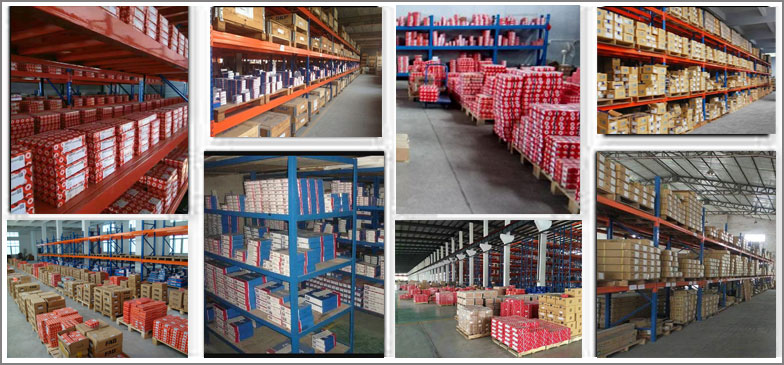Hardness and surface conditions on the polishing process

We can provide free samples . Please contact Email for any inquiries
The polishing machine operation, the key is to try to get the maximum polishing rate, so that as soon as possible to remove polishing damage layer. But also the polishing damage layer does not affect the final observed organizations, that will not cause a false organization. The former requires the use of coarse abrasive, in order to ensure that the polishing rate to remove the damaged layer of polished, but the polishing damage layer deep; the latter requires the use of the finest materials, so that the polishing damage layer shallow, but polishing rate is low.
The best way to resolve this conflict is polished divided into two phases. Rough polishing is to remove the polishing damage layer, this stage should have the maximum rate of polishing the rough polishing, the surface damage is a secondary consideration, but should be as small as possible; followed by fine polishing (or final cast) its purpose is to remove the rough polishing to produce surface damage, to minimize the polishing damage. Polishing machine polishing, the specimen should be absolutely parallel and evenly with slight pressure on the polishing disc, pay attention to prevent the specimen to fly out and too much pressure to produce a new wear scar grinding and polishing discs. Should also make the sample rotation and move back and forth along the direction of the turntable radius in order to avoid local wear of the polishing fabric too fast in the polishing process to continuously add micronized suspensions, polishing fabric to maintain a certain humidity.
Humidity is too weakened polished wear scar, so the sample hard phase showing the embossed and steel, non-metallic inclusions and graphite in cast iron phase of the "tailing" phenomenon; the humidity is too small, due to friction and heat will make the specimen warming, lubrication reduce grinding lose their luster, even the dark spots, light alloy will throw the injured surface. In order to achieve the rough polishing, the purpose of asking the turntable speed is low, preferably not more than 600r/min; polishing time should be longer than the time required to remove the scratches, but also to remove the deformation layer. Rough polishing, grinding smooth, but bleak, observed under the microscope a uniform and detailed wear scar to be fine cast to eliminate.
Mechanical polishing is mainly done manually, so polishing technology is still the main influence polishing quality. In addition, the mold material, surface conditions prior to polishing and heat treatment process. High-quality steel is a prerequisite to get a good polishing quality, uneven or characteristics of the steel surface hardness differences tend to produce polished difficult. Steel in a variety of inclusions and pores are not conducive to polishing.
Hardness increased difficulty increases, grinding and polishing roughness decreases. Due to increased hardness, lower roughness required to achieve a corresponding increase of polishing time. Hardness increased, excessive polishing of the possibility of a corresponding reduction.
The crushing process of cutting machining, the steel surface due to heat, internal stress, or other factors damage, improper cutting parameters will affect the polishing results. EDM surface than the surface more difficult in the ordinary machining or heat treatment after grinding, EDM refined criteria should be adopted before the end of EDM dressing, or hardening thin layer formed on the surface. If the spark refinement criteria inappropriate choice of the heat-affected layer depth of up to 0.4mm. Hardening thin layer of hardness than the hardness of the matrix must be removed. Therefore better to increase the processing of a coarse grinding to completely remove the damaged surface layer, to form an average rough metal surface to provide a good basis for polishing.
Said plastic mold polishing the surface finish requirements and other industries are very different, strictly speaking, mold polishing should be called the mirror processing. It is not only polishing itself has a very high demand and have very high standards on the surface flatness, smoothness and geometric accuracy. Surface finish generally only ask for the light to the surface. Mirror finish, the standards are divided into four: Ao = Ra0.008μm, A1 = Ra0.016μm, A3 = Ra0.032μm, A4 = Ra0.063μm, electrolytic polishing, fluid polishing method is difficult to precisely control the geometric accuracy chemical polishing, ultrasonic polishing, magnetic abrasive polishing and other surface quality and meet the requirements, precision molds mirror finish, or mechanical polishing.




